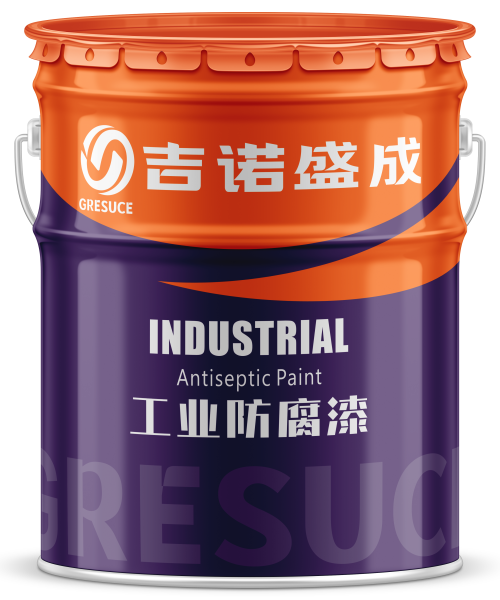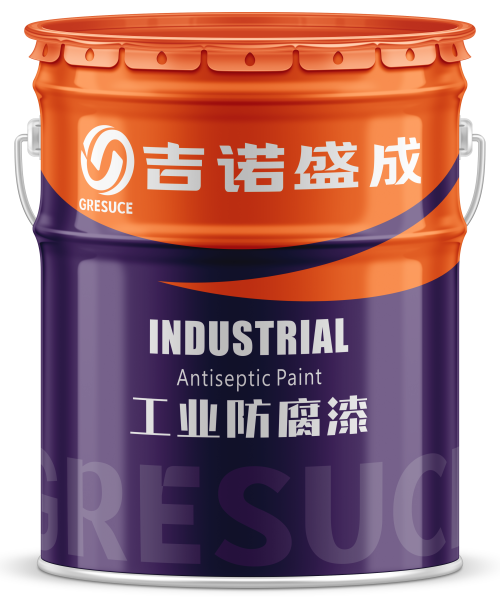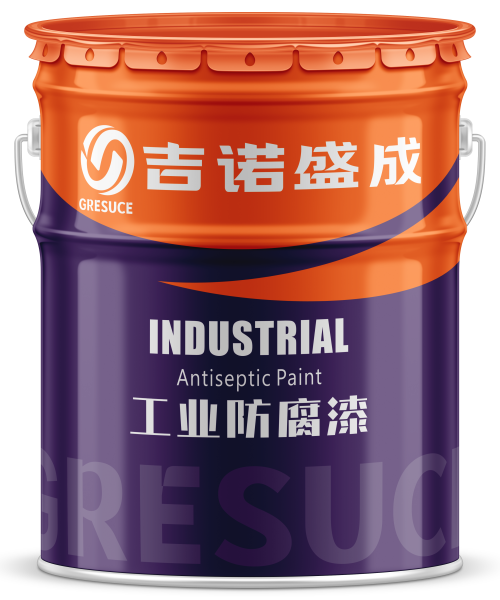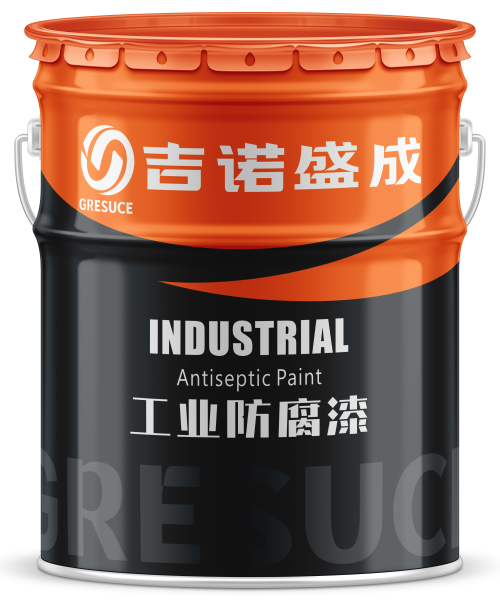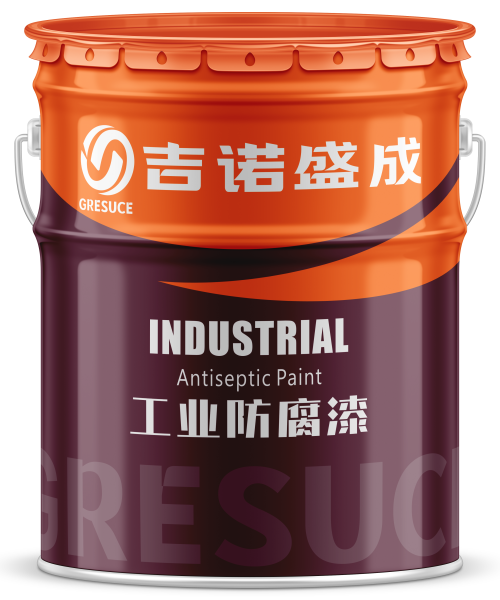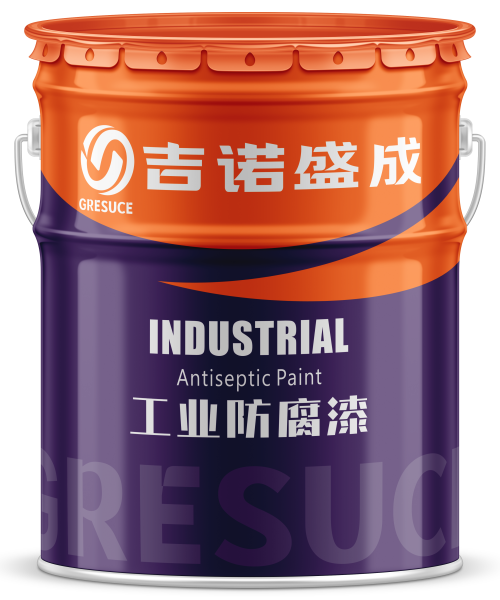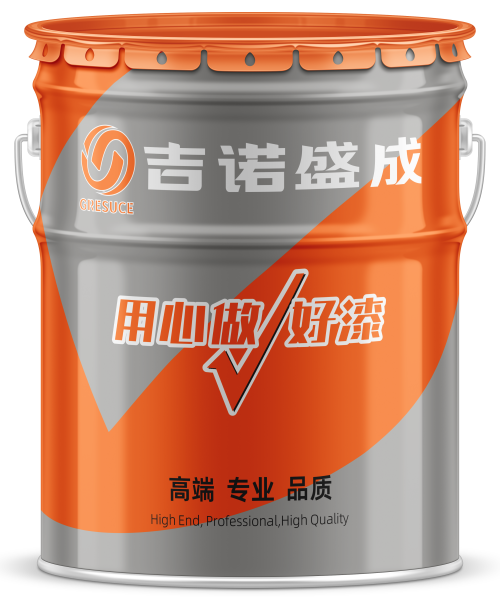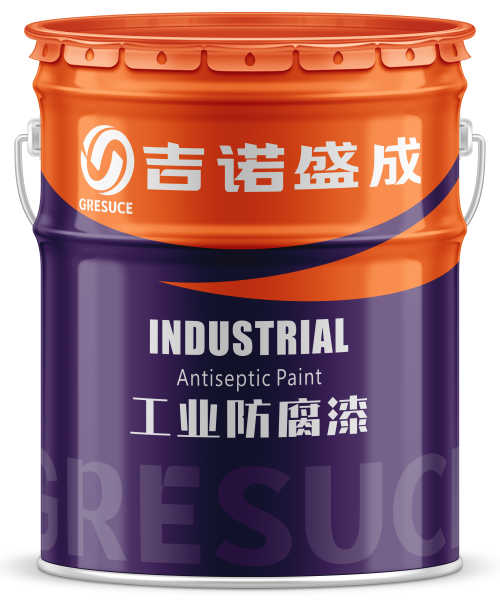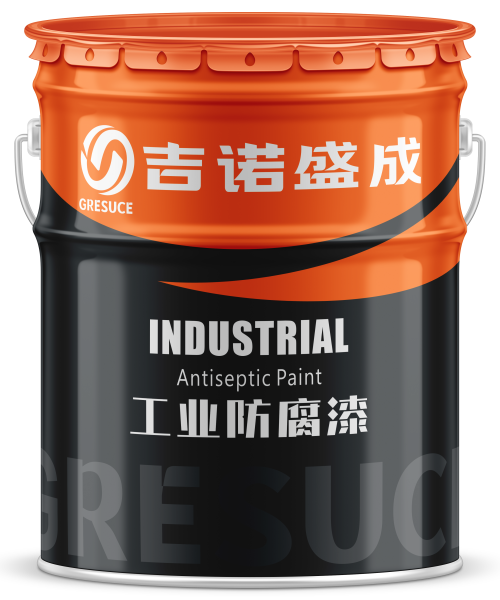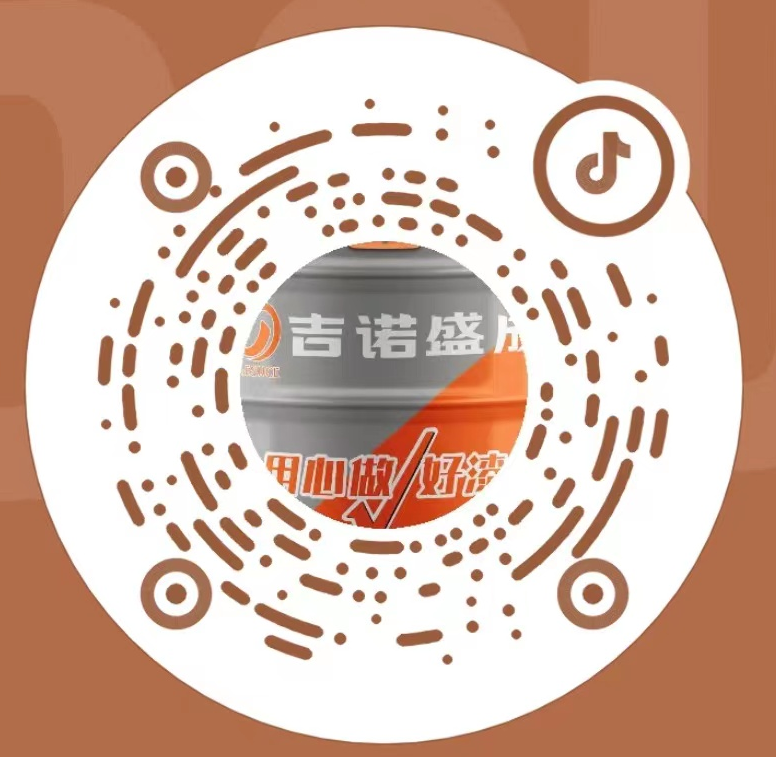Composition and Structure
Two-component Paint: Consists of two parts—base material and curing agent. The two parts must be mixed in a specific ratio before use, and a chemical reaction forms a hard, durable film.
Single-component Paint: Comes as a single component, ready to use straight from the can without mixing. It cures through exposure to air moisture or light.
Application and Usage
Two-component Paint:
Mixing Process: The base material and curing agent must be mixed in strict proportion before use.
Application Time: After mixing, the paint must be applied within a specific time frame (usually a few hours), or it will begin to cure, affecting its usability.
Durability: The cured film offers excellent chemical resistance and mechanical properties, making it suitable for demanding industrial and anti-corrosion coating applications.
Single-component Paint:
Ease of Use: Ready to use straight from the can, no mixing required, making application simple and convenient.
Application Time: No time constraints for application; unused paint can be resealed and used later.
Performance: Generally offers slightly inferior durability and anti-corrosion properties compared to two-component paint, making it suitable for coating needs in ordinary environments.
Application Scope
Two-component Paint: Widely used in heavy-duty anti-corrosion, industrial equipment, automotive, marine, and other fields requiring high-performance coatings.
Single-component Paint: Suitable for interior and exterior walls, furniture, general metal products, and other applications where high durability is not a critical requirement.
Summary
Two-component paints and one-component paints each have their own advantages and disadvantages, making them suitable for different application scenarios. Two-component paints, formed by mixing a base and a hardener, offer superior protective performance and durability, making them ideal for demanding industrial applications. On the other hand, one-component paints are widely used for general coating needs due to their ease of application and flexibility. Selecting the appropriate type of paint based on specific environmental conditions and performance requirements is essential to achieve the best coating results.
Two-component paints:Epoxy Paint、Acrylic Polyurethane Paint etc.
One-component paints:Chlorinated Rubber Paint、Acrylic Paint etc.



